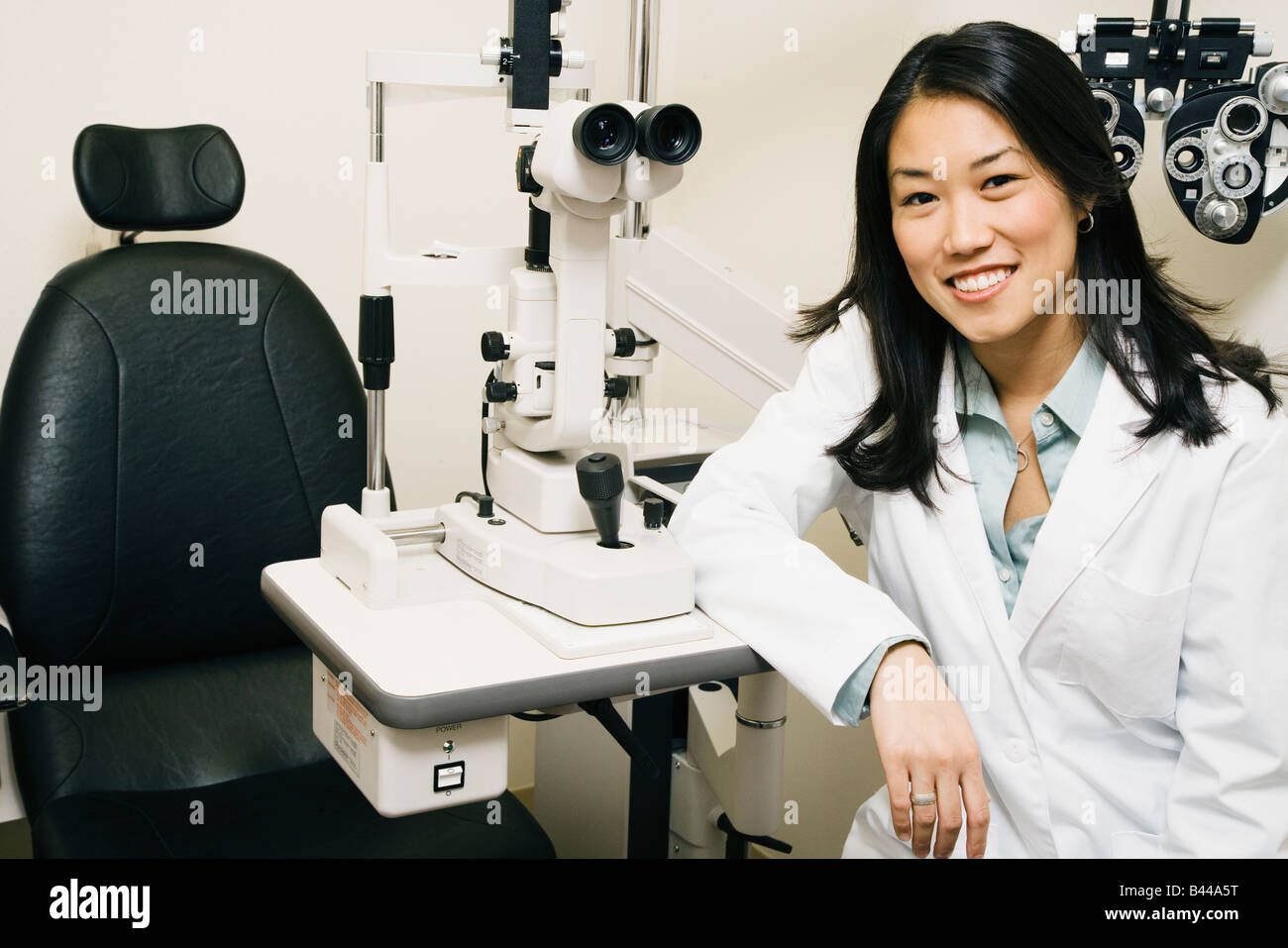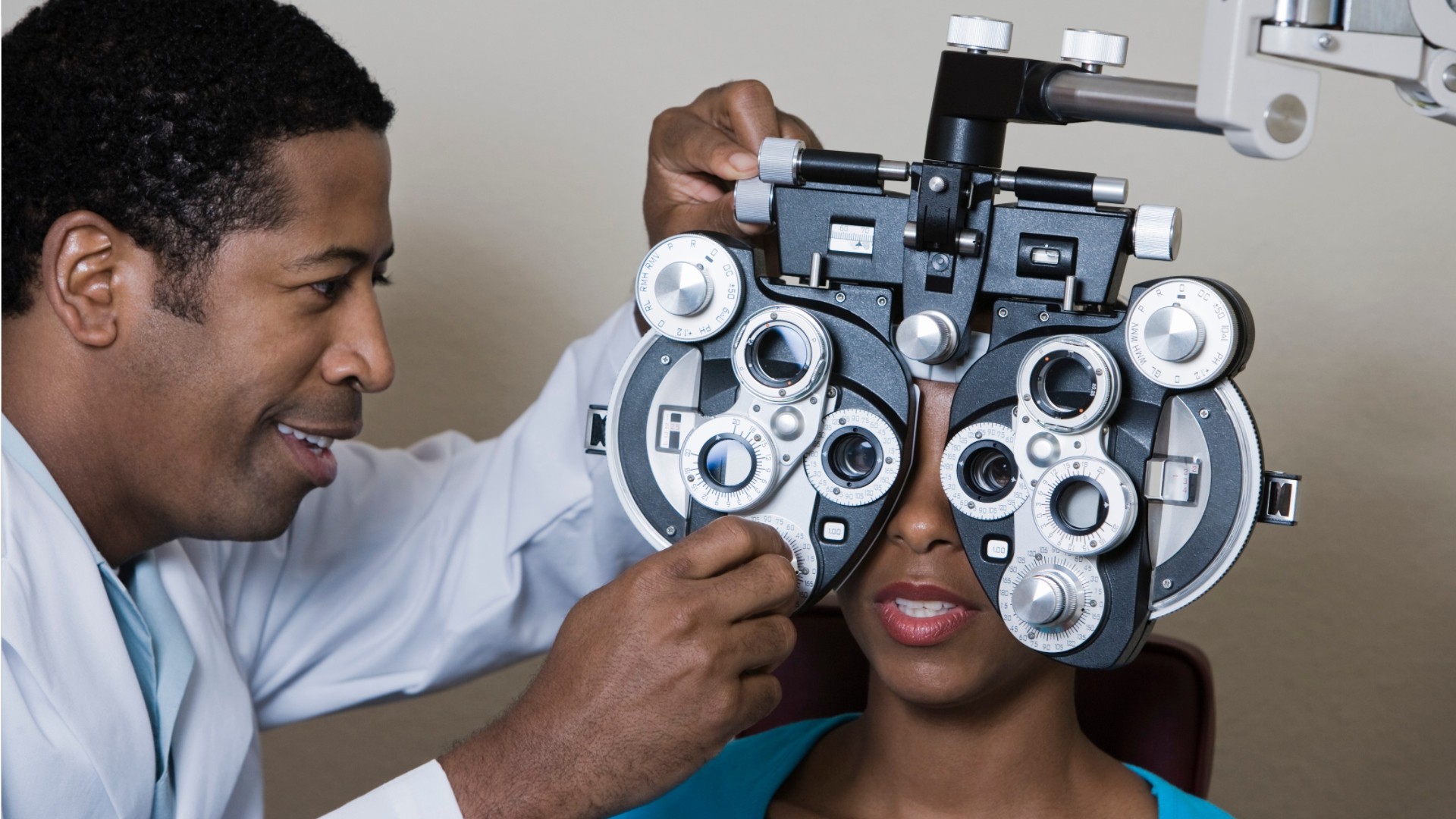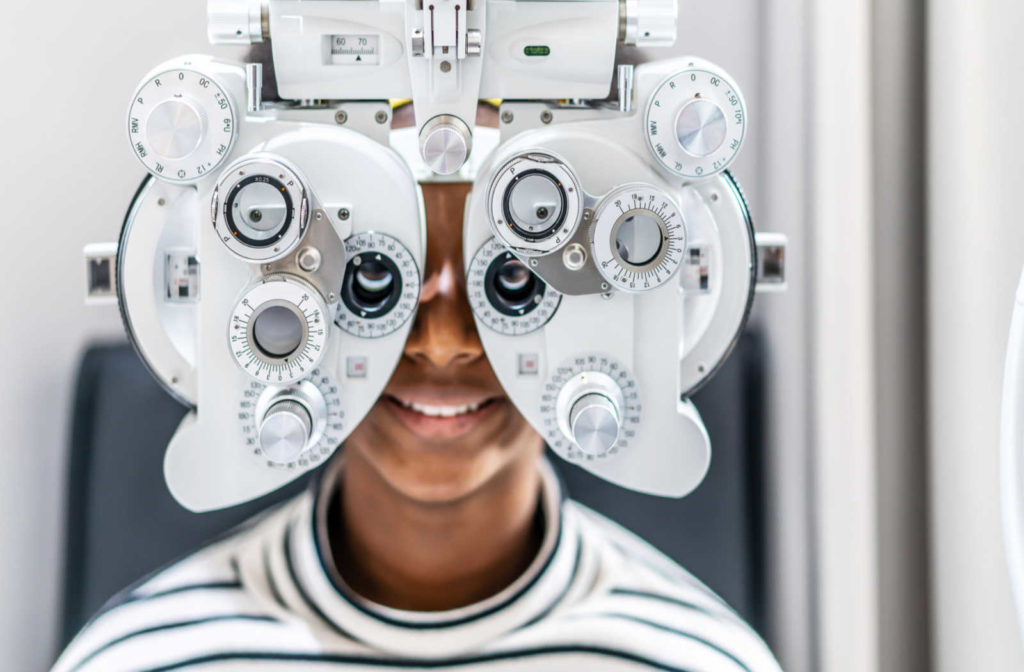How an Eye Doctor Can Help Prevent Vision Complications in Chino
How an Eye Doctor Can Help Prevent Vision Complications in Chino
Blog Article
Checking Out the current Technical Innovations in Optometry and What They Mean for Optometrists
From the precision of Optical Comprehensibility Tomography to the nuanced insights provided by AI-driven analysis devices, these innovations are setting new requirements in person assessment and treatment. As these developments penetrate the technique, optometrists are faced with the challenge of accepting these devices to improve client results.
Technologies in Diagnostic Devices
Advancing the field of optometry, innovations in diagnostic tools have transformed the method eye treatment experts evaluate and detect aesthetic problems and ocular conditions. The past decade has actually witnessed significant technical improvements, allowing more thorough and exact analyses. Optical Comprehensibility Tomography (OCT), as an example, supplies high-resolution cross-sectional photos of the retina, enabling for the early discovery of conditions such as glaucoma and age-related macular deterioration. This non-invasive imaging method has become essential in contemporary optometric technique.
One more secret advancement is the introduction of advanced corneal topography systems, which map the surface curvature of the cornea with accuracy. These devices are particularly beneficial for fitting call lenses and detecting corneal problems. Digital retinal imaging has changed conventional ophthalmoscopy, using detailed, panoramic views of the retina that assist in extensive aesthetic evaluations.
The advancement of wavefront aberrometry has also been crucial, enabling the analysis of refractive errors with unrivaled accuracy (Eye Doctor Optometrist). This technology aids in personalizing corrective lenses and improving surgical end results for refractive surgeries. Jointly, these analysis innovations empower eye doctors to deliver exceptional client treatment, guaranteeing early intervention and tailored therapy approaches, ultimately improving aesthetic health and wellness end results
AI in Individual Management
Building on the structure of cutting-edge analysis tools, the unification of synthetic intelligence (AI) in patient administration stands for a transformative leap for optometry. AI systems are increasingly employed to boost effectiveness, precision, and customization in client care. By analyzing large amounts of data, AI can recognize patterns and forecast prospective ocular problems, making it possible for eye doctors to tailor treatments extra successfully. This ability is important in handling chronic eye illness such as glaucoma and diabetic person retinopathy, where early discovery and continuous surveillance are essential.
Furthermore, AI-driven systems facilitate streamlined person interactions and management procedures. Automated organizing, virtual examinations, and individualized follow-up plans not just enhance client satisfaction however additionally maximize time management for experts. These systems can triage individuals based upon the seriousness of their problems, guaranteeing that those in critical need obtain punctual focus.
Additionally, AI enhances decision-making by offering eye doctors with evidence-based recommendations and treatment paths. By incorporating data from electronic health records, AI devices supply insights that notify medical choices, lowering the risk of errors and boosting individual end results. As AI proceeds to develop, its duty in individual administration will likely broaden, improving the landscape of optometric treatment.
Advances in Retinal Imaging
In the world of optometry, retinal imaging has witnessed exceptional technological innovations that are boosting analysis capabilities and client care. Developments such as Optical Coherence Tomography (OCT) and fundus photography have actually revolutionized just how optometrists assess the retina and visualize. OCT, particularly, gives high-resolution, cross-sectional pictures of the retina, permitting the detailed exam of its layers. This capability is indispensable for very early discovery and monitoring of problems like glaucoma, diabetic person retinopathy, and age-related macular deterioration.
Improved imaging techniques like OCT angiography are more refining analysis precision. Optometrist Chino. Such improvements help with the recognition of min retinal adjustments that might represent condition development.
Furthermore, developments in synthetic intelligence are enhancing retinal imaging by allowing automated evaluation of large datasets. These systems assist eye doctors in identifying patterns a measure of pathology, consequently enhancing analysis precision and efficiency. Jointly, these developments are transforming retinal imaging into a keystone of modern eye treatment, boosting end results and expanding restorative opportunities.
Teleoptometry's Expanding Function
Teleoptometry is progressively coming to be a vital component of eye treatment, driven by advancements in electronic interaction and analysis devices. This is particularly beneficial in underserved and country locations where access to specialized eye care is frequently limited.
The integration of expert system (AI) further enhances teleoptometry, allowing the evaluation of aesthetic information and aiding in the detection of eye conditions such as glaucoma and diabetic retinopathy. AI-powered algorithms can quickly translate complicated imaging information, supplying eye doctors with important insights that boost scientific decision-making.
Additionally, teleoptometry supports continuity of treatment with seamless combination with electronic health records (EHRs), enabling eye doctors to preserve extensive person backgrounds. This ensures that clients obtain customized and regular treatment even when speaking with different specialists.
In spite of these benefits, obstacles remain, including making sure information safety and taking care of individual expectations. Nonetheless, teleoptometry represents a considerable stride in the direction of more accessible, effective, and patient-centered eye care. As innovation progresses, its duty is poised to expand even more.

Future Patterns in Eye Treatment
A myriad of ingenious fads is readied to improve the future of eye treatment, driven by technical advancements and the evolving demands of patients. One substantial pattern is the combination of man-made knowledge (AI) in diagnostics, which promises to enhance the precision and performance of eye evaluations. AI algorithms can evaluate large amounts of information from retinal pictures, possibly spotting problems like diabetic retinopathy and glaucoma earlier than traditional techniques.
Additionally, individualized medication is getting grip in optometry, with hereditary testing informing personalized therapy plans. This method intends to optimize person end results by customizing interventions to individual genetic profiles. Wearable modern technology, such as why not check here smart contact lenses, is additionally imminent, providing real-time tracking of intraocular pressure or glucose levels, therefore providing constant understandings right into systemic and ocular health.
The adoption of enhanced truth (AR) and virtual reality (VR) in training and individual education is one more emerging fad. These technologies provide immersive experiences that can enhance understanding and abilities both for individuals and optometrists. As these fads advance, optometrists need to stay abreast of technological innovations to supply innovative care, making sure improved patient results and complete satisfaction in the dynamic landscape of eye care.
Verdict

Collectively, these analysis improvements equip optometrists to deliver exceptional person care, making sure early intervention and tailored therapy approaches, ultimately improving visual wellness outcomes.

As these innovations proceed to advance, eye doctors have to adapt and integrate them into method, inevitably enhancing workflow efficiency and elevating the requirement of eye treatment supplied to patients.
Report this page